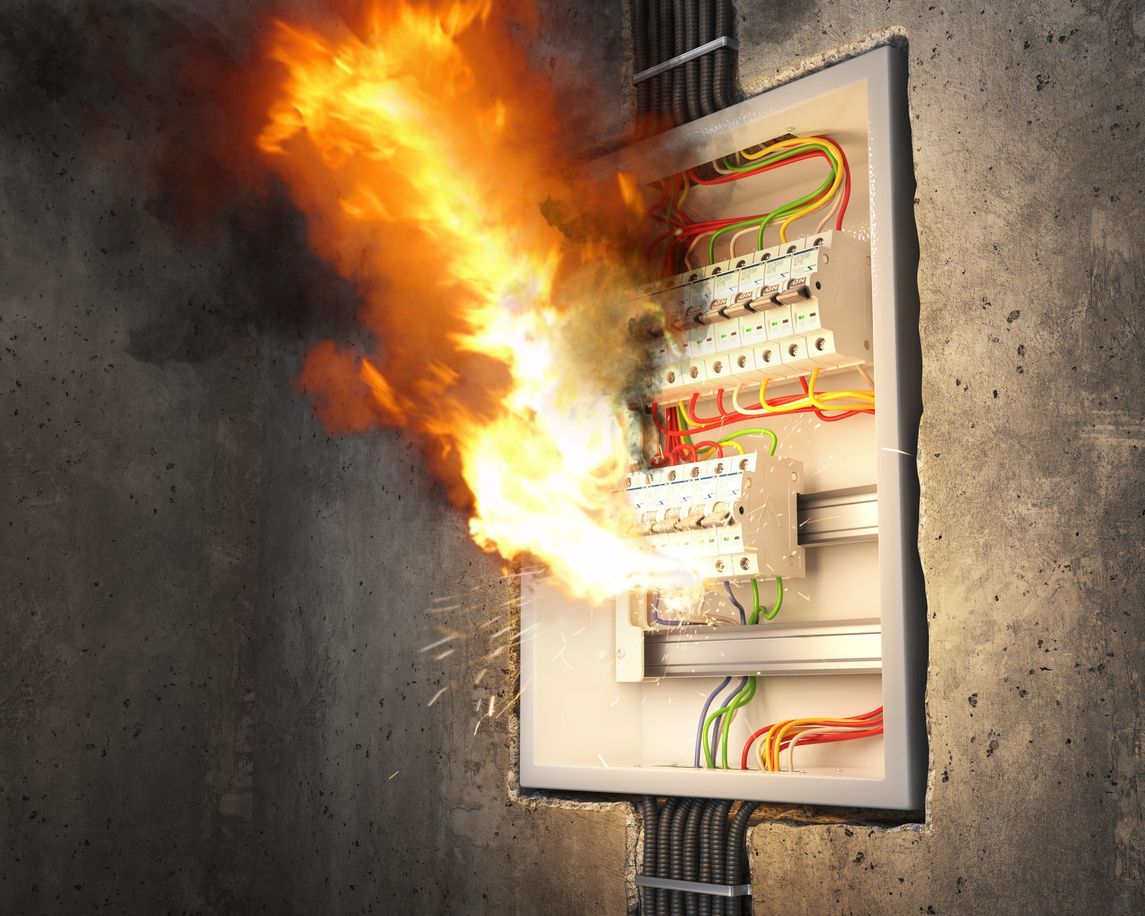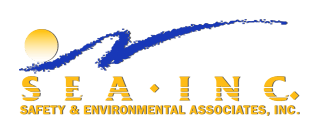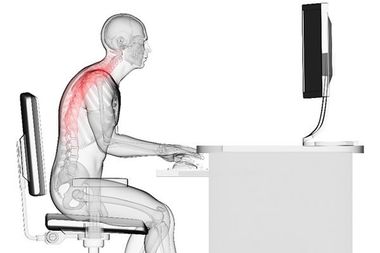Blog Layout
HOW ERGONOMICS TRAINING CAN BENEFIT YOUR EMPLOYEES AND INCREASE YOUR PROFITABILITY
Ergonomics training is a highly effective program for keeping your employees aligned and aware of their bodies.
Ensuring that your employees remain healthy and safe while on the job boosts morale and increases your company’s profitability. Ergonomics training involves using scientific knowledge of anatomy and engineering to reduce the amount of strain your employees experience while performing normal work tasks. An ergonomics training program is designed to lower the risk of work-related injuries and improve employee productivity and morale through well-being. Increase your profitability by maximizing your workforce’s satisfaction and productivity.
Basics of Training
The exact training procedures for ergonomics depend on the type of work environment; your ergonomics trainer will formulate a program based on whether you operate out of traditional offices, retail businesses, construction sites or industrial warehouses. In general, ergonomic training involves teaching employees basic ergonomic principles and how to apply those principles to the workplace. Topics that are typically covered during training include safe work practices, greater awareness of tasks that raise the risk of injury, and the proper use of workplace tools, machines, and equipment. For example, in an industrial ergonomics program, employees who operate heavy machinery would learn how to stand properly while working to reduce their risk of developing lower back problems or other musculoskeletal disorders. Employees who have desk jobs would learn how to position themselves at their computer to reduce strain on their neck and upper back. After going through ergonomics training, employees should also understand how to report workplace injuries or health conditions. Understanding why it is important to recognize and report injuries as early as possible helps ensure that employees receive proper medical care to prevent their condition from becoming worse, potentially leading to work absenteeism.
Benefits of Ergonomics
Ergonomics training provides several benefits for both workers and business owners, including the following:
- Improved morale Employees experience less physical discomfort on the job, which makes them better able to perform well on a consistent basis. Ergonomics training also shows your employees that their employer is taking measures to protect their health and safety, leading to improved relations between you and your employees.
- Increased productivity Ergonomics principles make it easier for employees to do their job efficiently, which helps them become more productive. With the greater ease of movement that ergonomics allows, employees can accomplish more in a typical workday than they would when experiencing discomfort or strain while working.
- Improved attendance Ergonomics reduces the risk that your employees will develop health problems or sustain injuries that cause them to miss work. Employees will also learn to recognize problems early on, resulting in prompt treatment that can prevent injuries from becoming more serious.
Increased Profitability
Ergonomics training can boost your company’s bottom line by ensuring that your employees are working as efficiently as possible. An increase in efficiency and productivity means that work tasks and projects are completed on schedule, leading to satisfied customers and clients. Because ergonomics also decrease the risk of worker injury, you can reduce the costs involved in lost production hours and high-turnover rates. It’s almost always cheaper to keep the employees you have happy than to re-train a replacement.
Fewer injuries and work-related health conditions result in a lower number of compensation claims, which can add up to considerable savings over time. Having an ergonomics assessment can help you determine if your company is doing enough to protect your employees.
For more information about ergonomics training in Arkansas, contact SEA Inc. at 501-568-3111 to speak with one of our certified trainers.

By Derek Jennings
•
February 10, 2025
Each year, as the Occupational Safety and Health Administration (OSHA) releases its list of the top 10 workplace safety violations, a pattern emerges that begs a question: Are these frequent violations a sign that employers continue to struggle with the same safety issues, or does it reflect a disposition among OSHA inspectors to focus on areas where they are trained to focus? The Persistent Issue of Repeated Findings The repetition of certain violations year after year might seem surprising, but it underscores a significant challenge in workplace safety management. The top violations tend to be those that are most visible and easiest to spot during inspections, such as fall protection and hazard communication. This consistency suggests that while awareness is high, practical implementation and adherence to safety practices lag behind. Top 10 Most Cited Health and Safety Standards of 2024 1. . Fall Protection, General Requirements: 6,307 violations For the 14th consecutive year, fall protection tops the list of OSHA's enforcement priorities. This emphasis is not arbitrary; OSHA has designated fall protection as a national emphasis area, making it a primary focus during inspections. It's often one of the easiest violations to spot without extensive investigation skills. The OSHA standard 1926.501 mandates that employers must provide fall protection systems like guardrails, safety nets, or personal fall arrest systems for workers at risk of falls of six feet or more in construction and four feet in general industry. Often, the major factor in these violations is human behavior. Many offenders might think, "No one is watching, and this will only take a moment, so it's no big deal." However, this mindset can lead to non-compliance with critical safety measures, putting worker safety at significant risk.

By Derek Jennings
•
February 7, 2025
The Occupational Safety and Health Administration (OSHA), in collaboration with the Partnership for Electrical Safety and KEMA Laboratories, has recently unveiled new guidance aimed at addressing arc flash hazards in the workplace. This guidance is a crucial update that highlights the need for comprehensive electrical safety programs that specifically include measures to protect against arc flash hazards. Here’s what employers need to understand about the new directives and how they can effectively respond. Understanding Arc Flash and OSHA's Recommendations An arc flash is a type of electrical explosion that results from a low-impedance connection to the ground or another voltage phase in an electrical system. The new guidance provided by OSHA not only offers a clear definition of what constitutes an arc flash but also elaborates on methods to mitigate such hazards during electrical work. The guidance includes detailed documents for employers and useful handouts for employees, emphasizing the common myths and the reality of arc flash dangers. The Role of NFPA 70E OSHA’s guidance strongly correlates with the standards outlined in NFPA 70E, the National Fire Protection Association’s standard for electrical safety in the workplace. Employers who are already compliant with NFPA 70E likely have a written Electrical Safety Program (ESP) that includes protocols for arc flash hazards. This new guidance serves to reinforce the importance of these existing standards while also urging those without comprehensive plans to take immediate action. What if You Don’t Have a Comprehensive ESP? For employers who have yet to develop an ESP that addresses arc flash hazards, OSHA’s guidance is a wake-up call. It is crucial to recognize that general workplace safety standards, although not specifying arc flash, require protection against electrical hazards under regulations like 1910.333. The absence of specific OSHA standards for arc flash does not excuse employers from the responsibility of protecting their employees from such risks. Implementing Effective Arc Flash Protection Measures Incident Energy Analysis: A foundational step in arc flash protection is conducting an incident energy analysis. This process involves studying the facility’s electrical systems to calculate the potential energy released in the event of an arc flash. Understanding this energy potential is essential for determining the arc flash boundary—the distance within which a person could receive second-degree burns or worse if exposed to an arc flash. Developing a Risk Assessment Procedure: Employ ers need to establish a procedure for assessing the risks associated with arc flash. This includes evaluating the tasks being performed, the condition of the electrical equipment, the maintenance history of the equipment, the energy involved, and the potentia l for human error. Deciding on Protective Measures: Once risks are assessed, decisions must be made regarding the best ways to protect employees. This often involves the use of Arc-Rated Pe rsonal Protective Equipment (PPE) and could also include engineering controls such as redesigning parts of the electrical system to minimize arc flash risks. Proactive Versus Reactive: The Choice is Yours The latest guidance from OSHA should be viewed as an unofficial yet critical call to action for employers to either update their existing safety measures or develop new protocols in line with NFPA 70E. Being proactive about electrical safety not only helps in compliance with OSHA’s standards but fundamentally enhances the safety and well-being of employees. Final Thoughts The introduction of OSHA’s arc flash guidance is a significant step toward heightened awareness and improved safety practices surrounding electrical hazards in the workplace. Employers are encouraged to review their current safety protocols, educate their workforce about the dangers of arc flash, and implement comprehensive measures to prevent such incidents. Always keep in mind that workplace safety begins with staying informed and well-prepared. Make it a habit to test before you touch it and prioritize safety like your life depended on it! For more insights into workplace safety and compliance, keep following our blog. Your safety is our priority, and together, we can foster a safer working environment for all. By Derek Jennings President SEA
10201 W. Markham Suite 317
Little Rock, Arkansas 72205
Phone: 888-374-3442
1750 Highway 160 West, Suite 101-147
Fort Mill, SC 29708
Phone: 839-400-2223
Our Hours
- Mon - Sun
- Open 24 Hours
© 2025
SEA Inc. | Powered by Flypaper | All Rights Reserved | Privacy Policy


